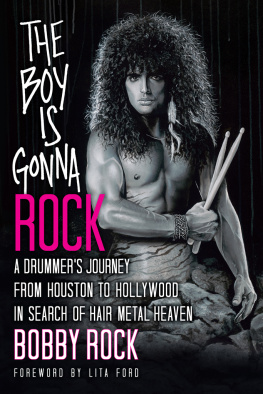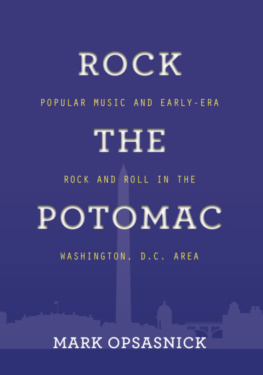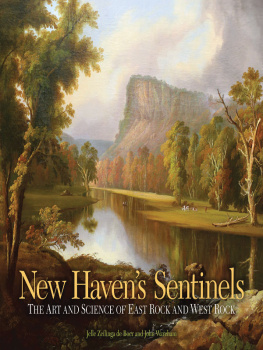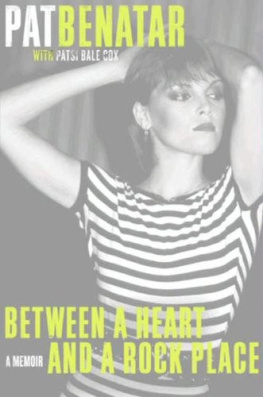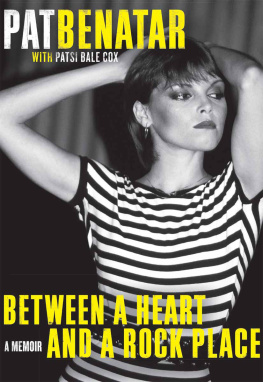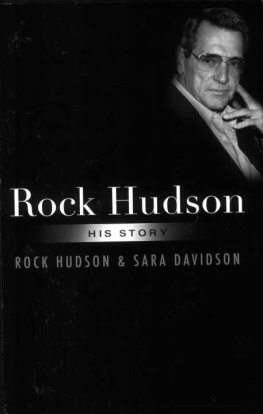First published 2016 by Left Coast Press, Inc.
Published 2016 by Routledge
2 Park Square, Milton Park, Abingdon, Oxon OX14 4RN
711 Third Avenue, New York, NY 10017, USA
Routledge is an imprint of the Taylor & Francis Group, an informa business
Copyright 2016 Taylor & Francis
All rights reserved. No part of this book may be reprinted or reproduced or utilised in any form or by any electronic, mechanical, or other means, now known or hereafter invented, including photocopying and recording, or in any information storage or retrieval system, without permission in writing from the publishers.
Notice:
Product or corporate names may be trademarks or registered trademarks, and are used only for identification and explanation without intent to infringe.
Library of Congress Cataloging-in-Publication Data:
McCleary, Timothy P.
Crow Indian rock art: indigenous perspectives and interpretations / Timothy P McCleary; foreword by Timothy R Pauketat.
pages cm
Includes bibliographical references and index.
ISBN 978-1-62958-015-9 (hardback) ISBN 978-1-62958-017-3 (institutional ebook) ISBN 978-1-62958-018-0 (consumer ebook)
1. Crow IndiansAntiquities. 2. Crow IndiansHistory. 3. Crow IndiansReligion. 4. PetroglyphsMontana. 5. Rock paintingsMontana. 6. PetroglyphsYellowstone River Valley. 7. Rock paintingsYellowstone River Valley. 8. Yellowstone River ValleyAntiquities. 9. MontanaAntiquities. I. Title.
E99.C92M248 2015
978.6004975272dc23
2015029306
ISBN 978-1-62958-015-9 hardback
Timothy R. Pauketat
University of Illinois
I n the year 2001, I read a book entitled The Stars We Know authored by Timothy P. McCleary. It was an elegant piece of ethnoastronomy that featured the views of contemporary Crow elders concerning their own relationships to the heavens. It had a penetrating effect on me, which was more than one has a right to expect from ones own graduate student. Of course, I had just that year accepted the role of doctoral committee advisor to Tim at the University of Illinois. I am glad that I did.
Already an instructor at the Little Big Horn College in Crow country, Tim was immersed in contemporary Apsalooke social life. Not surprisingly, his approach to understanding ancient and not-so-ancient Crow history involved blending archaeology and ethnology with community in a way reminiscent of the best of Plains anthropology. James Murie, Ella Deloria, Preston Holder, Douglas Parks, and Alice Kehoe come to mind. So do 21st-century moves to develop a more socially responsible archaeology. Having spent a portion of his childhood in the Altiplano of Bolivia and his undergraduate and graduate years with the Crow people of Montana, Tim was neither just an archaeologist nor an anthropologist. He was both, and his anthropological archaeology was not only of people but also for peoplenamely, the Apsalooke. In 2001, Tim McCleary was already an authority on Crow astronomy and ontology, and he became part of the reason that my own interests turned in the direction that they later did.
With this new book, Dr. McCleary turns his perceptive and lucid analytical eye to a medium of concern to archaeologists and indigenous people around the globerock art. His case material is admittedly unique, especially because much of the rock art examined here dates to the 19th century and was made by the ancestors of the people who still live in Montana. This correspondence among past, present, and landscape enables our author to derive significant new insights into Crow history and rock art. This books major contribution to our understanding of both a people and their imagery is based on the Crows distinction between rock art made by living people, on the one hand, and rock art created by ancestral spirits, on the other. The former most often carries biographical or historical information that can be read like a narrative. The latter conducts no such information, yet conveys supernatural power that infuses the Crow world. For the Apsalooke, that is, all rock art is writing (baalache), but not only the living write. Bahpawaalaatuua are images created by people to commemorate an event or seek a vision, the latter including entoptic figures. In contrast, Ahpalaxawaalaatuua is the rock art made by the souls of deceased human beings for other reasons. The former may be read. It is about the past or present. It can be found in accessible locations frequented by travelers. The latter consists of timeless imaginaries that conduct supernatural energies called, by the Crow, baaxpe. Given their power, many people avoid encountering them.
Such clear distinctions may seem surprising to some, even among todays relational archaeologists (Alberti et al. 2013). The Apsalooke, after all, could be described (albeit too simplistically) as possessing a timeless animistic ontology. They do not distinguish their lived reality from their spirituality. Yet there is a strong sense of narrative history here. Why? Suffice it to say that the relationships of Crow history and identity to the landscapes and dreamscapes of the Apsalooke world are complex and contingent. Their rock art mediates this dynamic sociohistorical field in ways that provide McCleary critical new insights into the relationships among history, landscape, and cultural imagination that both complement and extend the excellent works of other anthropologists and archaeologists in the Plains (e.g., Basso 1996; Oetelaar 2012; Zedeo 2008).
This is achieved here utilizing the ethnographic technique of replication, where multiple interpretations are used to evaluate the question of what some petroglyph or pictograph meant. In practice, Tim employed a consistency standardusing only those answers that resonated among multiple consultants. What you read here was the result of a five-year process and involved more than a hundred Crow consultants. In addition, our author also researched historic, ethnographic, and tribally produced documents to supplement what elders told him. In other words, Tim attempts to avoid narrow interpretive approaches that have plagued earlier rock art studies, some of which involved only individual consultants, if they involved consultants at all. The results of such earlier studies may be called into question, since meanings are not compartmentalized or wholly contained in one or another glyph. Additionally, any one persons take on any single image is liable be idiosyncratic and unrepresentative. Meaning is itself a dynamic, negotiated phenomenon. Precisely for this reason, Tim McClearys extensive community-wide collaborative technique moves us away from earlier interpretive approaches that sought to decode meaning and closer to understanding the larger historical and processual question of how cultural meanings are negotiated.
Certainly, the result is a book that implicitly calls both the old-school explanations and interpretations of processual and post-processual archaeologists, respectively, into question. As Dr. McCleary notes, neither sufficiently respected the intimate, large-scale, and long-term relationships among imagery, time, meaning, memory, and landscape. This book does. It is simultaneously an empirical tour de force in the tradition of the best of Plains anthropology, even as it is a remarkably forward-thinking analysis with big-picture historical and theoretical implications. Certainly,


